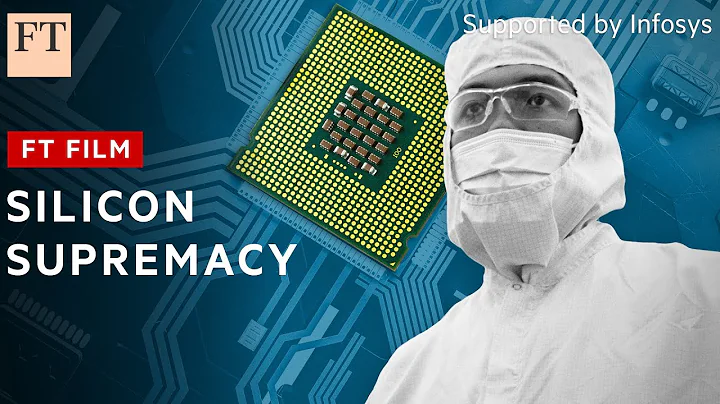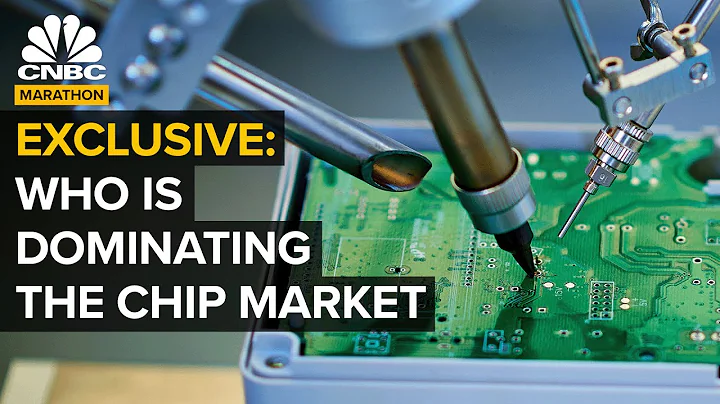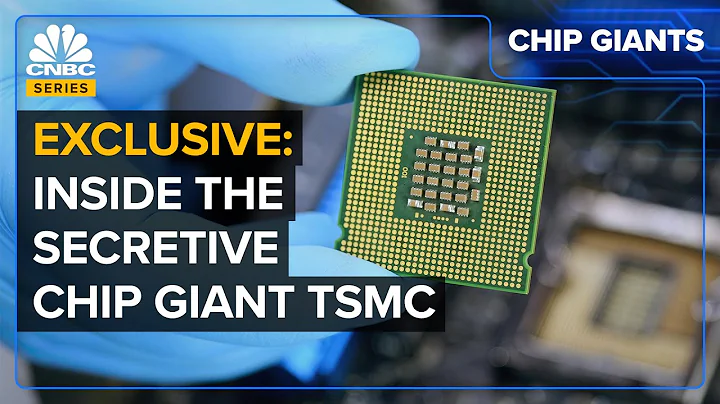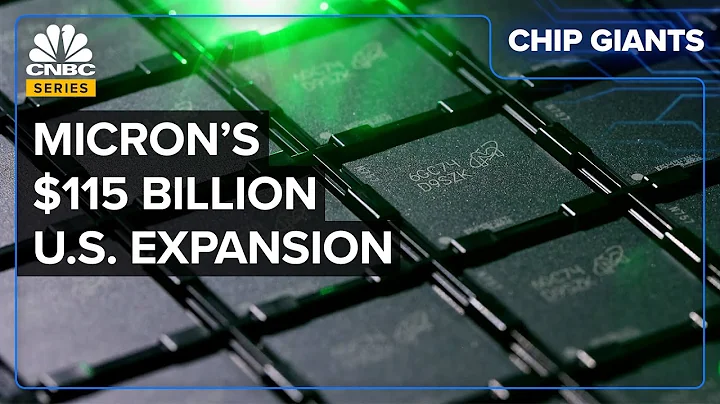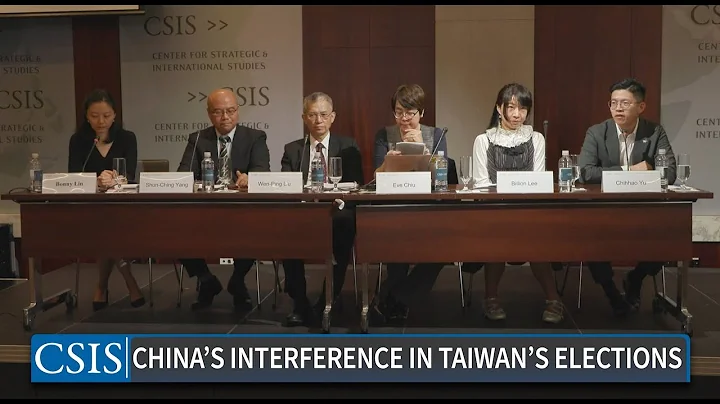Source: Internet Editor: LQ
[New Zhiyuan Introduction] Stuck, the United States is professional. Recently, the United States has stopped exporting 28-nanometer process production equipment to the mainland, which will directly affect the expansion plans of the island's major wafer foundries in the mainland.
According to media reports on the island, on June 18, the island's major wafer foundries TSMC and United Microelectronics expanded equipment for the "28nm" process capacity in the mainland, but "failed" to obtain supply licenses from the United States.
Not only that, if the island's wafer manufacturers want to transfer American equipment in Taiwan to mainland factories, they also need to obtain permission from the United States, because it contains American technology.
html On April 22, TSMC held an interim board of directors and approved a US$2.887 billion expansion of 28nm production capacity in Nanjing. The new production capacity is expected to begin mass production in the second half of 2022 and reach a monthly production capacity of 40,000 pieces in 2023.

I originally thought that TSMC’s expansion in Nanjing would alleviate the “core” congestion, but this does not seem to be the case now.
The United States is getting more and more stuck. Why does
need to be stuck at 28nm?
 8nm is usually regarded as the dividing line between advanced semiconductor processes and mature processes.
8nm is usually regarded as the dividing line between advanced semiconductor processes and mature processes.
Products produced by this process are widely used in new energy vehicles, autonomous driving, home appliances, communications and other fields.
It is understood that in the field of autonomous driving, most Chinese AI participants use chips produced by this process. Among Chinese new energy vehicle manufacturers, most brands of chips for smart cockpits, autonomous driving, etc. will also be upgraded to the 28nm process.

In short, the 28nm process technology is also a watershed in the intelligentization of Chinese automobiles.
In the field of semiconductor manufacturing, the most cutting-edge and mature level of Chinese semiconductor manufacturers is 28nm, led by SMIC and Shanghai Huahong.

Many people believe that SMIC’s 14nm has already been mass-produced, and hasn’t 28nm been completed long ago?
Yes, but these all have a prerequisite: using American technology. As long as American technology is used, the U.S. government may issue a notice at any time prohibiting supply to a certain company, such as or Huawei .
Therefore, China has not yet developed Americanized technologies, such as 28 nanometer technology,
U.S. Commerce Secretary Ross said in a statement that the Department of Commerce "will not allow U.S. advanced technologies to help the United States build an increasingly bellicose country." opponent".

Due to technical constraints, China’s 28nm semiconductor self-sufficiency rate is less than “20%”.
Therefore, until the slogan of self-reliance produces real results, wafer factories in mainland China such as TSMC and United Microelectronics will continue to be the core support for China's semiconductors.
American professionals pour cold water on
Recently, there has been a lot of news about "cross-border car manufacturing" by major Internet companies.
Baidu, Apple , Huawei, Xiaomi , Foxconn , Evergrande , ZTE ...

In fact, the ambitions of giants to cross-border car manufacturing have been around for a long time. China began to cultivate electric vehicles in 2002 Of course, the original purpose of the automobile industry may be to bypass internal combustion engine technology and make China a major automobile manufacturing country.
After more than 10 years of hard work and nearly 800 billion in subsidies, China not only took the lead in detonating the electric vehicle trend, but also established the world's top electric vehicle industry chain, even shaking companies including Mercedes-Benz , BMW , Toyota International automobile giants such as and Volkswagen also have to transform to electric vehicles.
International organizations estimate that the global annual market value of electric vehicles will reach "US$6 trillion" by 2035, and China is not only a major consumer of electric vehicles, but also a major producer of electric vehicles.
But now there are sudden restrictions on 28 nanometers, and the familiar suppression methods have returned. In this case, only by working harder to "self-reliance" can we break through this round of bottlenecks.
There is a recent news that is very encouraging. my country has released a US$1 trillion "Chip Countermeasures Plan", with the state leading the research, development and manufacturing projects of third-generation semiconductors.

The downstream application fields of third-generation semiconductors are vast. According to CASA Research data, consumer power supplies, industrial and commercial power supplies, uninterruptible power supplies UPS and new energy vehicles are the top four application fields of SiC and GaN electronic power devices, accounting for 28% respectively. %, 26%, 13% and 11%. In addition, in the field of communications, radio frequency devices based on third-generation semiconductors also play an extremely important role.
More importantly, the current third-generation semiconductor is an emerging field. It relies on newer materials and equipment other than traditional silicon. It is currently a "field in which no company or country has a dominant position." This is also a problem for China. Provides one of the best opportunities to "avoid" the obstacles set by the United States and its allies on its chip manufacturing industry.
Reference:
https://mp.weixin.qq.com/s/YZe6LpYB57_hL5EFvdxZng
https://finance.sina.com.cn/tech/2021-06-19/doc-ikqciyzk0500597. shtml
https://www.bloomberg. com/news/articles/2021-06-17/xi-taps-top-lieutenant-to-lead-china-s-chip-battle-against-u-s
—End—
Welcome to like~ Follow Xinzhiyuan in time Understand the new trends in artificial intelligence~


